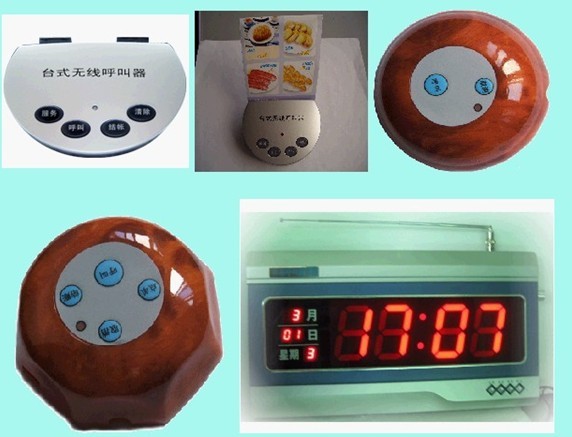
TEL:+86-0755-8860 0918
FAX:+86-0755-88600918
Mobile:+86-131 3888 7899
ATT:Felix
E-mail:sales@pcbkey.com
Address: Southwest of 5th FloorBulding 7, Bilong Industry Park,27
Fazhan Road,BantianStreet Area
LongGang District,Shenzhen,China
Zip: 518129


Project Name: Tea House and Restaurant Wireless Call System
Client: Shenzhen
Project Content: PCB Cloning, BOM Generation, Function Modification
Project Features: Enhancing Transmission Distance
Project Background: In many scenarios such as dining, karaoke, or visiting tea houses, there is often a need to call the attention of the service staff. Traditionally, this was done by shouting or using wall-mounted lights. Nowadays, many places have adopted wireless call systems, highlighting the wide range of applications for such wireless call systems.
Specific Usage:
The wireless call system evolved from wired call systems that were used in hospital wards with bedside call buttons. With advancements, it transitioned into wireless systems, with two main stages of development: The first stage focused on amplitude modulation (AM) technology (i.e., first-generation wireless call systems), mainly used in small venues. The second stage centered around frequency modulation (FM) technology (i.e., second-generation wireless call systems), offering stable signals and suitable for large-scale networking. It expanded from small service places like tea houses and cafes to large entertainment venues, hotels, factories, supermarkets, schools, banks, etc. This stage witnessed rapid development in wireless call system applications. The third stage features voice wireless call systems with core technologies in frequency modulation, voice, and intercom, transforming wireless call systems from analog to digital, and ultimately trending toward voice-based wireless call systems.
In this context, the client approached us with their third-generation product that uses a wireless frequency modulation transmitter module for signal transmission. Currently, the client wishes to further extend the transmission distance of their product as they have observed that the current product's wall-penetrating effect is not very effective. Our engineers at EastGuided Technology took on this project, facing the challenge of enhancing the transmission distance and device power under the existing voltage and current conditions. After analyzing the schematic, our engineers ingeniously added a power device on the current PCB layout, effectively increasing the power and extending the transmission distance to meet the client's requirements.
meet customers' needs.